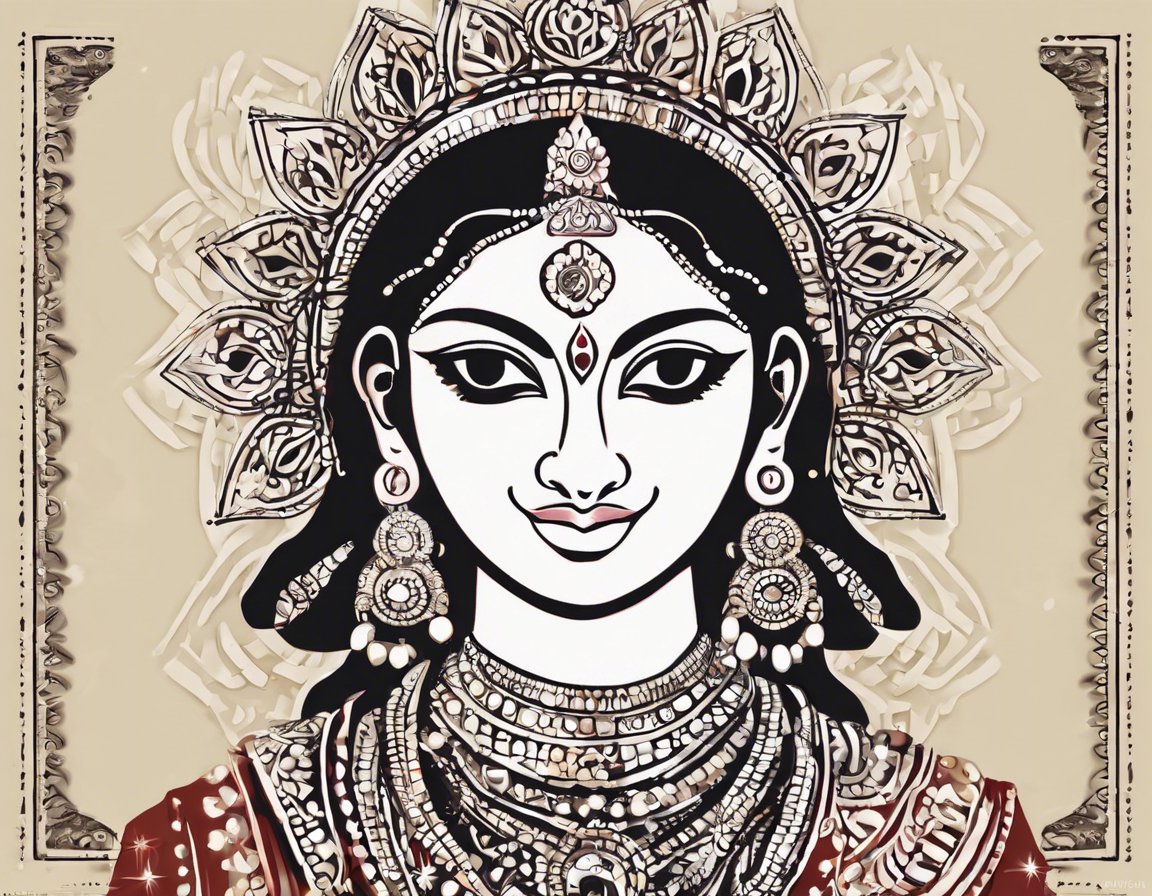Introduction Navratri is a vibrant and joyous Hindu festival celebrated across India and in many parts of the world. It is a nine-night festival dedic
Introduction
Navratri is a vibrant and joyous Hindu festival celebrated across India and in many parts of the world. It is a nine-night festival dedicated to the worship of Goddess Durga and her various forms. Navratri is a time of great festivity, with colorful decorations, traditional music and dance performances, and elaborate rituals.
The Significance of Navratri
Navratri holds great significance in Hindu mythology and is celebrated with utmost zeal and devotion. The festival signifies the triumph of good over evil, with Goddess Durga symbolizing strength, power, and cosmic energy. Each night of Navratri is dedicated to worshiping a different form of the Goddess, with each form representing a unique aspect of her divine feminine energy.
Embracing Joy During Navratri
Navratri is a time for joy, celebration, and spiritual rejuvenation. Here are ways in which you can celebrate happiness during Navratri:
1. Dress in Vibrant Colors
During Navratri, it is customary to wear colorful traditional attire. Dressing in vibrant colors like red, yellow, green, and blue can uplift your mood and add to the festive spirit.
2. Participate in Garba and Dandiya Raas
Garba and Dandiya Raas are traditional folk dances performed during Navratri. Participating in these dances can be a fun way to celebrate the festival and immerse yourself in its cultural traditions.
3. Create a Home Shrine
Setting up a home shrine or altar dedicated to Goddess Durga can create a sacred space for meditation and prayers. Decorate the shrine with flowers, incense, and diyas to enhance the spiritual ambiance.
4. Engage in Devotional Practices
Reciting prayers, singing bhajans, and chanting mantras can help you connect with the divine energy of Goddess Durga. Engaging in devotional practices during Navratri can bring peace and joy to your heart.
5. Cook and Share Festive Meals
Preparing traditional dishes like poori, sabudana khichdi, and kheer can be a delightful way to celebrate Navratri. Sharing these festive meals with family and friends can enhance the joy of the festival.
6. Practice Gratitude
Navratri is a time to express gratitude for the blessings in your life. Take a moment each day to reflect on the things you are grateful for and thank the universe for its abundance.
7. Spread Happiness and Positivity
During Navratri, spread happiness and positivity by performing acts of kindness and generosity. Offer help to those in need, donate to charitable causes, and spread joy wherever you go.
FAQs (Frequently Asked Questions)
1. What is the significance of the nine nights of Navratri?
During Navratri, each of the nine nights is dedicated to the worship of a different form of Goddess Durga. These nine forms represent different facets of feminine energy and symbolize the victory of good over evil.
2. How is Navratri celebrated in different regions of India?
Navratri is celebrated with unique customs and traditions in various regions of India. For example, in Gujarat, Garba and Dandiya Raas are popular dance forms, while in West Bengal, Navratri is celebrated as Durga Puja with grand pandal decorations.
3. Can non-Hindus participate in Navratri celebrations?
Navratri is a festival that welcomes people of all backgrounds to participate in its celebrations. Non-Hindus can join in the festivities, learn about the cultural significance of the festival, and enjoy the music, dance, and food.
4. How can families celebrate Navratri together?
Families can celebrate Navratri together by setting up a home shrine, participating in devotional practices, cooking festive meals, and engaging in cultural activities like dance performances and storytelling about the significance of the festival.
5. What are some traditional foods eaten during Navratri?
During Navratri, people commonly eat dishes made from ingredients like sabudana (tapioca pearls), rajgira (amaranth), and singhara (water chestnut) flour. Some popular dishes include sabudana khichdi, kuttu ki puri, and samvat rice kheer.


COMMENTS